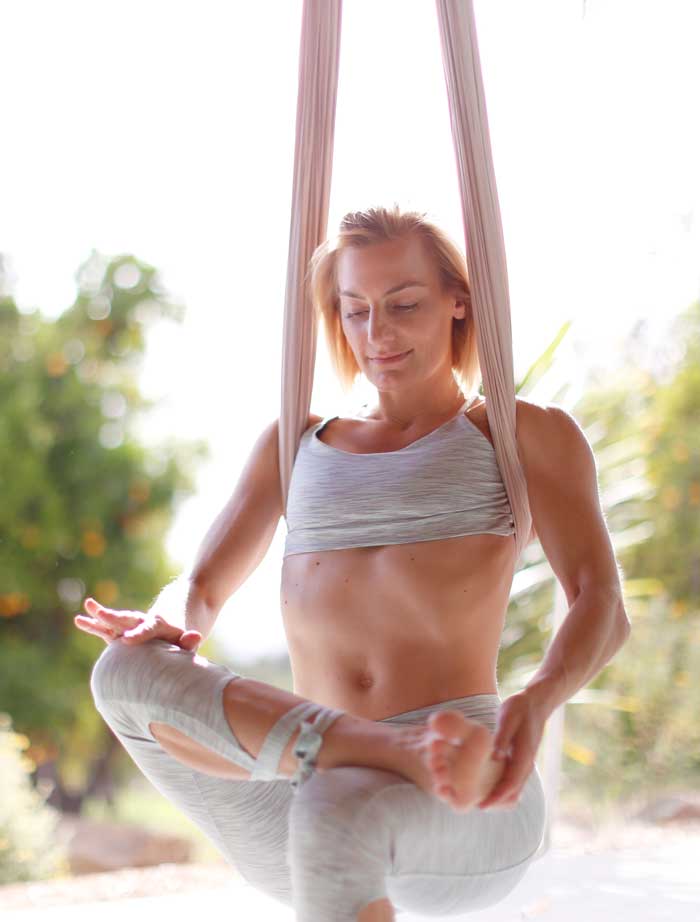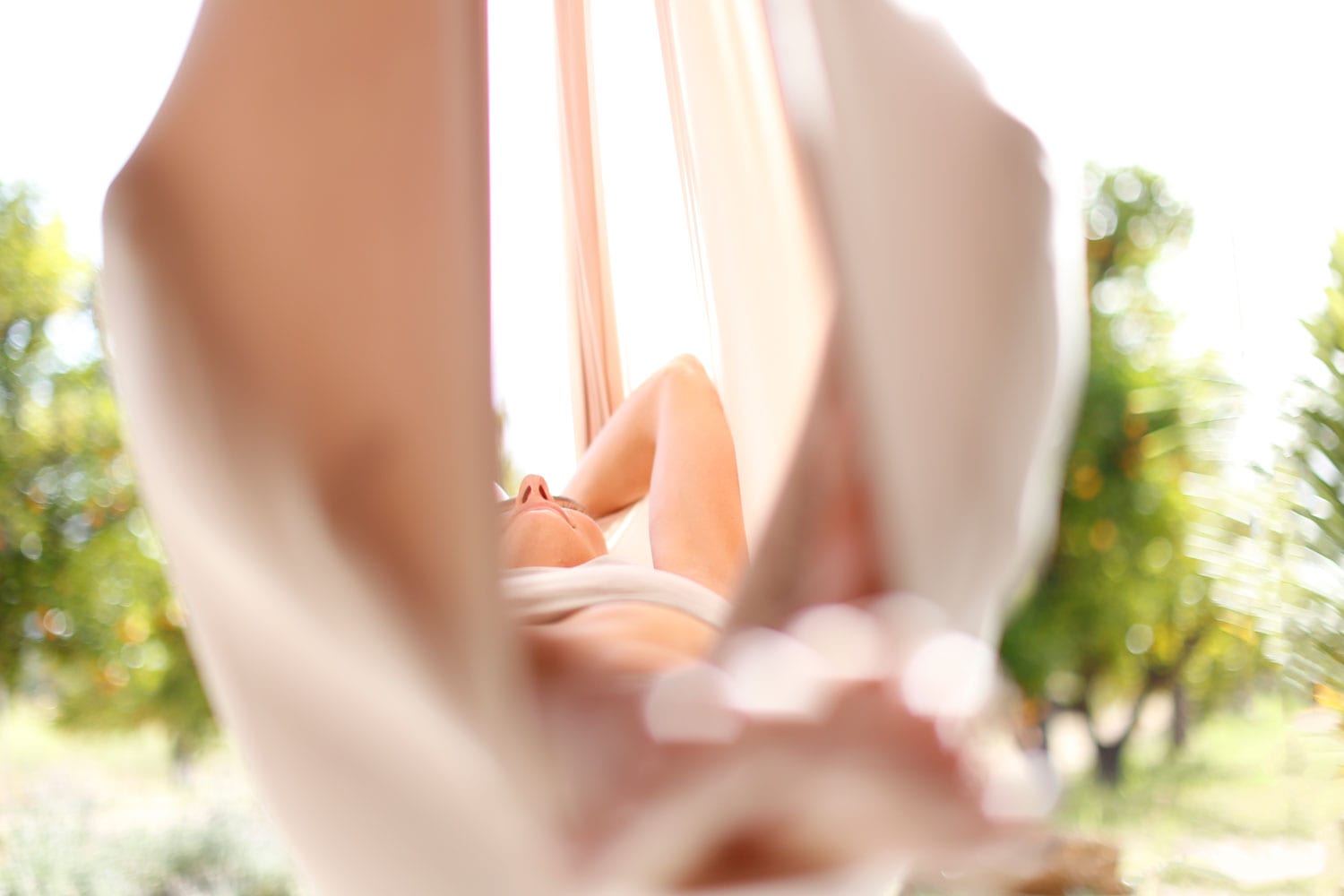Harness Your Mobility
By Carmen Curtis
Harness Your Mobility for a Healthy Practice
Although it is important to work towards flexibility, countless injuries happen in yoga from overstretching. Mobility should be done safely and mindfully to prevent injury. So, how can you harness your mobility AND stay healthy?
But I Can’t Touch My Toes!
As a teacher of many years, I have heard this statement countless times. Typically, from individuals curious about yoga, deterred from taking a yoga class due to their perceived inflexibility. Yoga’s reputation as a practice for the flexible is well earned.
As students progress through the asanas they are guided to find new space within their bodies. We are often challenged to posture expressions that require a generous amount of flexibility.
I imagine the belief that yoga is for the flexible has become even more prevalent due to the countless pictures we see of yogis doing incredibly difficult and advanced postures. Many of these postures require a consistent and dedicated yoga practice.
Don’t get me wrong, flexibility is important for health. Yet, it should not be the end all be all of your practice. Yoga has never been about only achieving the posture, because after you do, then what?
The Dangers of Hyper-Mobility.
Conversely, there are people with a naturally greater range of motion, or hyper-mobility. They are often perceived to be blessed in their practice. However, we are each born with a different tone to our connective tissue (the joints, ligaments, and tendons). Some naturally tighter, others naturally looser. Those that are hyper-mobile do not always have an advantage.
As a teacher, hyper-mobile students are often the more challenging set of students to safely guide into postures. Muscles need to be activated to support the joints. Then joints need to be stabilized to support the body in healthy alignment. Hyper-mobile students are prone to over-extending joints — by going to their full range of motion. When this happens, surrounding muscles are deactivated and the connective tissue bears the majority of the weight. Over-time, the deactivation causes muscular disengagement. It also causes an over stretching or strain of the surrounding tissue. It is critically important that we refresh our knowledge and build upon our education on human anatomy. This is the only way to safely guide these students through a healthy practice.


Queuing for All Types of Students
As a teacher, it is critical to develop vocabulary that safely instructs all types of students. Through all phases of a posture: the entry, hold, and exit.
For less flexible students, prepare verbal queues that:
Use the breath to guide the movement into, during, and out of the posture. Inhale for length, exhale to release tension.
Assure students that modifications are more than acceptable, preferred, and often healthier.
Instruct on the use of a variety of props. Props allow us to access the intended alignment, extension, connection or opening. Challenge inflexible students to release the concept that yoga is about touching their toes.
For hyper-mobile students, prepare verbal queues that:
Call attention to hyper-extension and instruct on how to correct it
Identify the stabilizing muscles that surround the primary joint(s) in a posture and queue how to activate them.
Provide visual points of reference (in relation to a student’s own body or around the room) to moderate degrees of extension or rotation in the joints.
Challenge students to back off the full expression of a posture and opt for a variation that requires muscle activation and control to hold.
Lastly, regardless of flexibility, ask students which voice is guiding their practice, the inner self or the ego. Teach your students to understand the difference between the two. Show them how to connect with themselves, and listen to their inner voice.
“Body is not stiff, mind is Stiff.” – K. Pattabhi Jois
In conclusion, yoga is neither for the flexible nor the inflexible! Yoga is for anyone who chooses to release tension and quiet the chatter of the mind. It is the journey down a path of self-discovery. It is the intricate process of learning about the self through the self.
While it may take the inflexible 10 years to touch their toes or the hyper-mobile 10 years to back off a pose. Both practitioners will experience the physical benefits of increased strength and awareness. In addition to balance, full-system support, mindfulness and personal connection.
We are all distinctly unique beings. Therefore, our journey of self-discovery will be equally unique for each of us. Consider this, how can children and 80 year olds equally participate in yoga and reap similar rewards. Yoga is for everybody!

